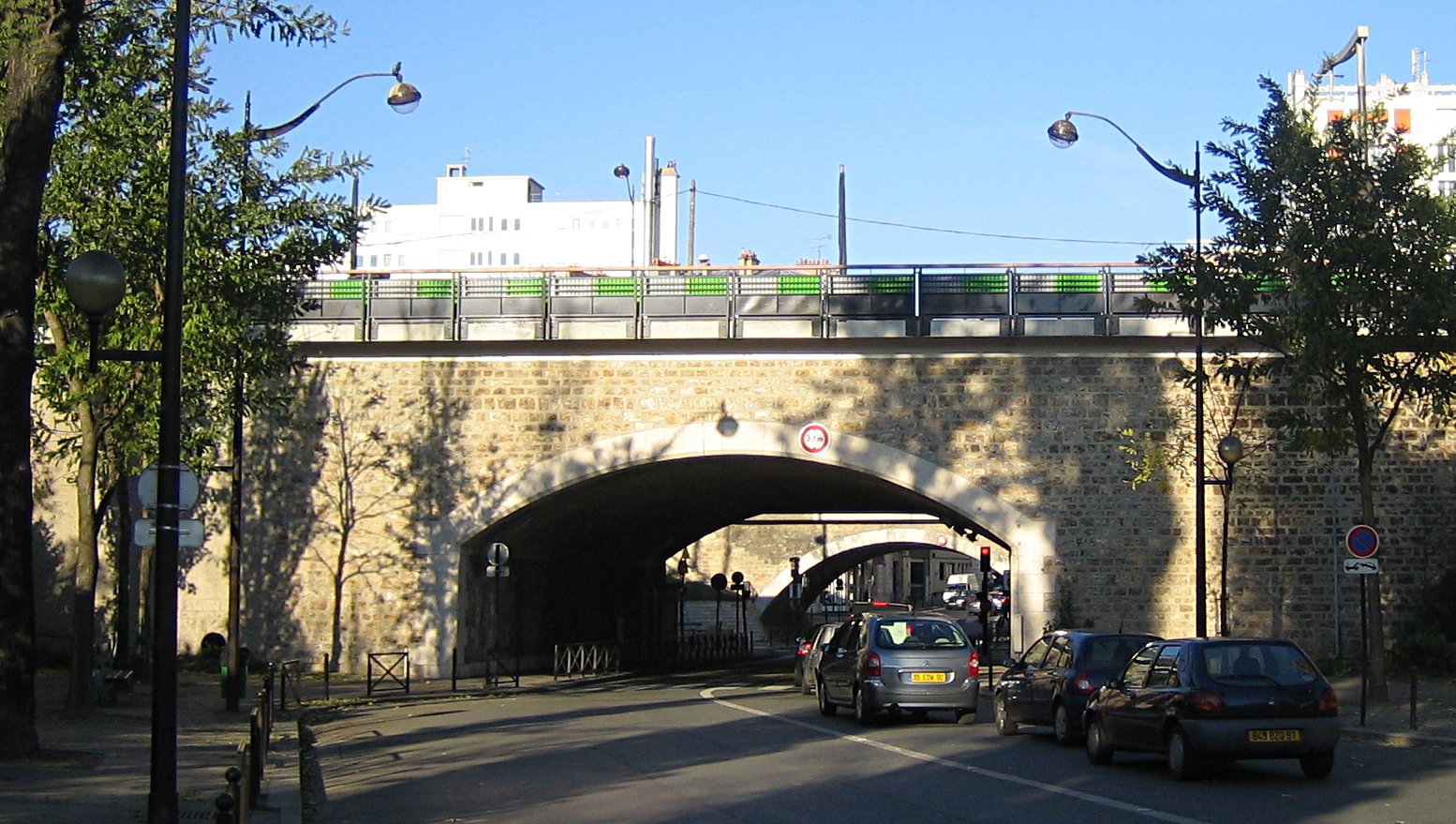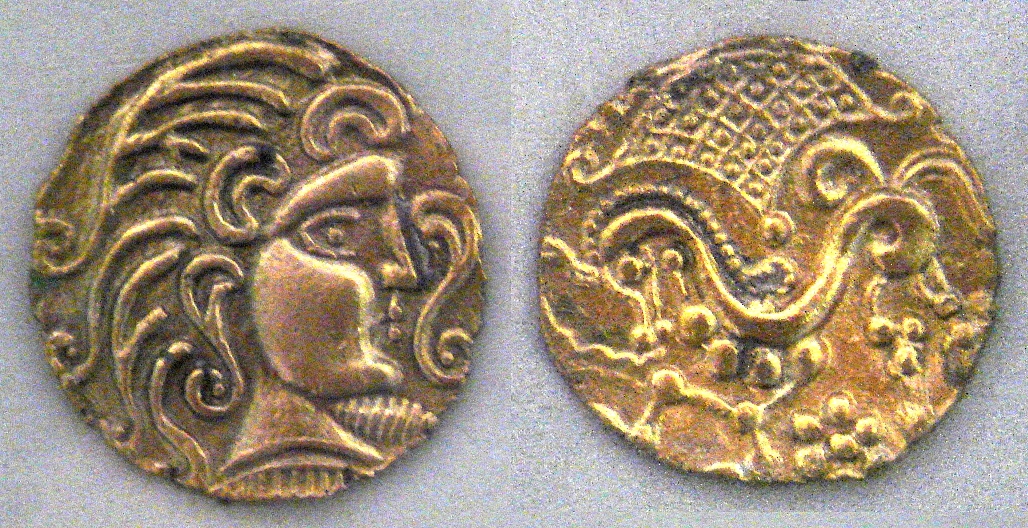|
Fort De Sucy
Fort de Sucy was built following the Franco-Prussian War to defend Paris. Located to the southeast of Paris in Sucy-en-Brie, the fort was part of an outer ring of eighteen major fortifications built in response to improvements in the range and effectiveness of artillery since the construction of the Thiers wall, Thiers fortifications of the 1840s. It was built in accordance with improved principles of fortification developed for the Séré de Rivières system. The Fort de Sucy was built between 1879 and 1881 on a location that had been used by the Prussians to bombard the Saint-Maur peninsula in the 1870 war. The site controlled movement on the Route nationale 4 (Paris-Strasbourg) and Route nationale 19 (Paris-Mulhouse). The site also overlooked the Bois Notre-Dame and the Armainvillers Forest. With the advent of improved explosive shells, the fort was modernized with concrete cover almost immediately after it was completed. The roughly rectangular fort has an indented front w ... [...More Info...] [...Related Items...] OR: [Wikipedia] [Google] [Baidu] |
Fortifications Of Paris In The 19th And 20th Centuries
The fortifications of Paris in the 19th and 20th centuries comprise: *The Thiers Wall, surrounding the city of Paris, and farther from the city, *The detached forts and their complementary fieldworks. They were built in two stages: *1840–1845: the Thiers Wall and the first ring of forts, about five kilometers from the city; *1874–1885: the second ring of forts, about twenty kilometers from the city. From a military point of view, Paris is a fortified camp situated in Paris Basin, a basin. During the 19th century, both Prussian invasions (1814–15 and 1870) saw the bombardment of Paris from the surrounding heights. Fortifications were extended outwards after each invasion as the range of artillery continued to develop, in order to deny the use of the heights to the enemy. Chronology Louis XIV 1670 The king demolishes the walls of Wall of Charles V, Paris, Charles V and Louis XIII. Paris becomes an open city and remains so for two centuries. 1689 Vauban recommends th ... [...More Info...] [...Related Items...] OR: [Wikipedia] [Google] [Baidu] |
Sucy-en-Brie
Sucy-en-Brie (, literally ''Sucy in Brie'') is a commune in the southeastern suburbs of Paris, France. It is located from the center of Paris. Population Transport Sucy-en-Brie is served by Sucy–Bonneuil station on Paris RER line A. Education Public primary schools in the commune include: *9 preschools (''maternelles'') and one private preschoolÉcoles maternelles " Sucy-en-Brie. Retrieved on September 11, 2016. *8 elementary schools and one private elementary schoolÉcoles élémentaires " Sucy-en-Brie. Retrieved on September 11, 2016. Public secondary schools in the commune include:< ... [...More Info...] [...Related Items...] OR: [Wikipedia] [Google] [Baidu] |
France
France (), officially the French Republic ( ), is a country primarily located in Western Europe. It also comprises of Overseas France, overseas regions and territories in the Americas and the Atlantic Ocean, Atlantic, Pacific Ocean, Pacific and Indian Oceans. Its Metropolitan France, metropolitan area extends from the Rhine to the Atlantic Ocean and from the Mediterranean Sea to the English Channel and the North Sea; overseas territories include French Guiana in South America, Saint Pierre and Miquelon in the North Atlantic, the French West Indies, and many islands in Oceania and the Indian Ocean. Due to its several coastal territories, France has the largest exclusive economic zone in the world. France borders Belgium, Luxembourg, Germany, Switzerland, Monaco, Italy, Andorra, and Spain in continental Europe, as well as the Kingdom of the Netherlands, Netherlands, Suriname, and Brazil in the Americas via its overseas territories in French Guiana and Saint Martin (island), ... [...More Info...] [...Related Items...] OR: [Wikipedia] [Google] [Baidu] |
Siege Of Paris (1870-1871)
Siege of Paris may refer to: *Siege of Paris (845), the Viking siege by Reginherus, possibly Ragnar Lodbrok *Siege of Paris (885–886), the Viking siege by Rollo *Siege of Paris (978), by Otto II of Germany *Siege of Paris (1429), by Charles VII of France and Joan of Arc *Siege of Paris (1465), by the League of the Public Weal *Siege of Paris (1590), the Protestant siege by Henry IV of France *Siege of Paris (1870–1871) The siege of Paris took place from 19 September 1870 to 28 January 1871 and ended in the capture of the city by forces of the various states of the North German Confederation, led by the Kingdom of Prussia. The siege was the culmination of the ..., the German siege in the Franco–Prussian War See also * Battle of Paris (other) {{Disambiguation ... [...More Info...] [...Related Items...] OR: [Wikipedia] [Google] [Baidu] |
Paris
Paris () is the capital and most populous city of France, with an estimated population of 2,165,423 residents in 2019 in an area of more than 105 km² (41 sq mi), making it the 30th most densely populated city in the world in 2020. Since the 17th century, Paris has been one of the world's major centres of finance, diplomacy, commerce, fashion, gastronomy, and science. For its leading role in the arts and sciences, as well as its very early system of street lighting, in the 19th century it became known as "the City of Light". Like London, prior to the Second World War, it was also sometimes called the capital of the world. The City of Paris is the centre of the Île-de-France region, or Paris Region, with an estimated population of 12,262,544 in 2019, or about 19% of the population of France, making the region France's primate city. The Paris Region had a GDP of €739 billion ($743 billion) in 2019, which is the highest in Europe. According to the Economist Intelli ... [...More Info...] [...Related Items...] OR: [Wikipedia] [Google] [Baidu] |
Artillery
Artillery is a class of heavy military ranged weapons that launch munitions far beyond the range and power of infantry firearms. Early artillery development focused on the ability to breach defensive walls and fortifications during sieges, and led to heavy, fairly immobile siege engines. As technology improved, lighter, more mobile field artillery cannons developed for battlefield use. This development continues today; modern self-propelled artillery vehicles are highly mobile weapons of great versatility generally providing the largest share of an army's total firepower. Originally, the word "artillery" referred to any group of soldiers primarily armed with some form of manufactured weapon or armor. Since the introduction of gunpowder and cannon, "artillery" has largely meant cannons, and in contemporary usage, usually refers to shell-firing guns, howitzers, and mortars (collectively called ''barrel artillery'', ''cannon artillery'', ''gun artillery'', or - a layman t ... [...More Info...] [...Related Items...] OR: [Wikipedia] [Google] [Baidu] |
Thiers Wall
The Thiers wall (''Enceinte de Thiers'') was the last of the defensive walls of Paris. It was an enclosure constructed between 1841 and 1846 and was proposed by the French prime minister Adolphe Thiers but was actually implemented by his successor. The long wall and ditch made a complete circuit around the city as it stood at the time of the July Monarchy. It was bombarded by the Prussian Army during the Franco-Prussian War, captured by government troops during the Paris Commune and refortified at the start of the First World War. However, by then it had become obsolete as a fortification, was a barrier to the expansion of the city, and the area immediately outside of it, known as "the zone", had become a shanty town. The wall was demolished in the interwar period; its path today can be traced by the Boulevards of the Marshals which originally ran just behind the fortifications and by the Boulevard Périphérique which was later built just outside. A few remnants of the wall ... [...More Info...] [...Related Items...] OR: [Wikipedia] [Google] [Baidu] |
Séré De Rivières System
The system was named after Raymond Adolphe Séré de Rivières, its originator. The system was an ensemble of fortifications built from 1874 along the frontiers and coasts of France. The fortresses were obsolescent by 1914 but were used during the First World War. Background Following the Franco-Prussian War of 1870–1871, France found itself seriously weakened and isolated from the rest of Europe, menaced by Germany and stung by the loss of Alsace-Lorraine. At the same time as the departure of the last German troops, France created the Defence Committee (), which was active between 1872 and 1888, whose mission was to reorganize the defence of the French frontiers and coasts. It was necessary to compensate for the lost territories of the north-east; to modernise old fortifications, which had been shown to be wanting in the last war and to create new fortifications proof against modern weaponry using new and more powerful explosives. The committee was created by a preside ... [...More Info...] [...Related Items...] OR: [Wikipedia] [Google] [Baidu] |
Prussia
Prussia, , Old Prussian: ''Prūsa'' or ''Prūsija'' was a German state on the southeast coast of the Baltic Sea. It formed the German Empire under Prussian rule when it united the German states in 1871. It was ''de facto'' dissolved by an emergency decree transferring powers of the Prussian government to German Chancellor Franz von Papen in 1932 and ''de jure'' by an Allied decree in 1947. For centuries, the House of Hohenzollern ruled Prussia, expanding its size with the Prussian Army. Prussia, with its capital at Königsberg and then, when it became the Kingdom of Prussia in 1701, Berlin, decisively shaped the history of Germany. In 1871, Prussian Minister-President Otto von Bismarck united most German principalities into the German Empire under his leadership, although this was considered to be a "Lesser Germany" because Austria and Switzerland were not included. In November 1918, the monarchies were abolished and the nobility lost its political power during the Ger ... [...More Info...] [...Related Items...] OR: [Wikipedia] [Google] [Baidu] |
Route Nationale 4
The Route nationale 4 is a trunk road ( nationale) in France between Paris and the frontier with Germany. Reclassification The RN 4 has been re-classified around Nancy as the RD 400 as through traffic is now directed onto the Autoroutes A 31 and A 33. Route Paris- St Dizier- Nancy-Strasbourg-''Germany'' Paris to Saint Dizier (0 km to 191 km) The road begins in Central Paris at the Porte Doree and a junction with the RN 6 a separate branch starts in the Bois Vincennes with a junction with the RN 34 before heading south through the park and meeting the other branch the Avenue de Gravelle. The road follows the southern edge of the park. It crosses the A4 autoroute and continues east as the Avenue des Canadiens and then crossing the river Marne. It passes through the suburbs of Joinville-le-Pont and Champigny-sur-Marne. It then passes through Chennevières-sur-Marne and an industrial area before reaching open countryside and the northern edge of the ''Forêt de Notre-Dame''. The ... [...More Info...] [...Related Items...] OR: [Wikipedia] [Google] [Baidu] |
Route Nationale 19
The Route nationale 19 (N19) is a trunk road ( nationale) in north east France. The road forms part of European route E54. Reclassification The RN19 has been subsequently downgraded in several sections to the RD319 and RD619. Route Paris - Provins - Troyes - Chaumont - Langres - Vesoul - Belfort - Switzerland Paris to Troyes (0 to 148 km) The road starts as the Quai d'Ivry on the south bank of the river Seine south east of the City centre. The road crosses the river just downstream from the river Marne on the Pont d'Ivry. in a predominantly industrial area. The road then has a junction with the N6 (Paris to Lyon road at the Carrefour de la Résistance. The road then heads through the suburb of Maisons Alfort. After it crosses the A86 autoroute the road passes east of Créteil as the Avenue de Paris. The road passes south east through Bonneuil-sur-Marne and the Foret de Gros Bois. The road crosses the N104 (Paris outer ring road) and enters an area famous for its chees ... [...More Info...] [...Related Items...] OR: [Wikipedia] [Google] [Baidu] |



